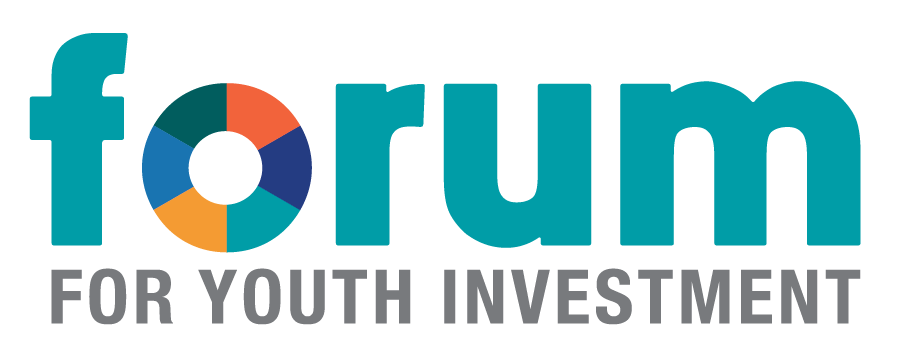Federal Budget Impasse Signals Threats to Youth Workforce Development Programs
October 4, 2023
Last month, the House Budget Committee unveiled its 10-year budget blueprint aimed at reducing the deficit and achieving $4.6 trillion in savings. This ambitious goal is to be achieved by making substantial cuts in discretionary spending and imposing caps on mandatory spending. While the blueprint lacks detailed programmatic specifics, it does establish fiscal policy positions that will shape the committee’s approach to appropriations and authorization legislation. 
Taking its cue from the House Budget Committee, the House Appropriations Committee voted this summer to eliminate the Workforce Innovation and Opportunity Act (WIOA) youth program. This program represents the largest investment for out-of-school youth aged 16-24 and low-income in-school youth facing employment barriers, even though its authorization had already expired in 2020. Notably, Congress had steadily increased funding for WIOA youth programs by $50 million between fiscal years (FY) 2019 and 2023. In FY 2023, Congress approved $948 million for WIOA youth program activities, which benefited an estimated 128,368 eligible in-school and out-of-school youth encountering employment challenges.
During the same summer period, the Senate Appropriations Committee affirmed its commitment to youth workforce development by voting to maintain current funding levels, which run out on June 30, 2024. However, this level of funding falls short of meeting the substantial need, given that the youth unemployment rate stood at 8.7 percent in July, and the youth labor force grew by 2.2 million (10.5 percent). Eliminating WIOA would only exacerbate the issue, considering that the number of Opportunity Youth, defined as young adults aged 16-24 who are neither in school nor employed, currently exceeds 4.8 million.
WIOA reauthorization is one of the few bills in Congress with bipartisan support that could get voted on by the end of the year. The Forum is working to ensure our priorities are equitably implemented at the state level and included in the final draft. Currently, there is no standard federal definition for Positive Youth Development, a youth-framed approach to continuous quality improvement within federal youth-serving programs, nor a national database tracking youth employment outcomes longitudinally.
Since spring, the Forum has been leading the charge championing increased investment in youth workforce development programs, including WIOA reforms. As co-chair of the Reconnecting Youth Campaign, a coalition comprised of 7 national organizations focused on Opportunity Youth, the Forum led the appropriations outreach following the release of the Presidents FY 2024 budget and helped secure more than 125 organizations in signing onto our national coalition letter to bolster the ask. Over the summer the Forum advised House Education and Workforce Committee staff on WIOA reauthorization, sharing our recommendations which include statutory requirements to embed Positive Youth Development (PYD) and Continuous Quality Improvement (CQI) and the establishment of a national state longitudinal database tracking WIOA program employment outcomes.
The final shape and timing of the FY 2024 budget remain uncertain. Nevertheless, the Forum remains optimistic that Congress can reauthorize WIOA with our proposed reforms.
